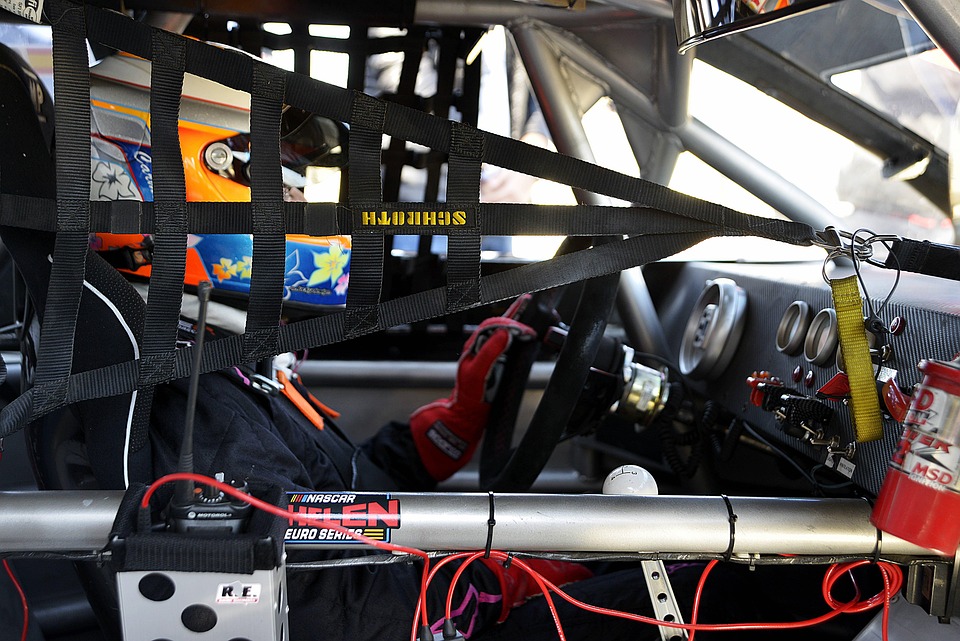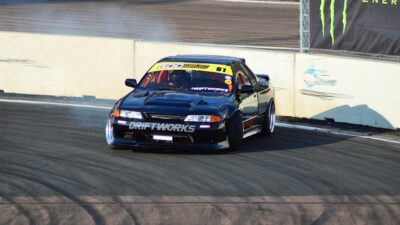In the world of motorsports, where speed, precision, and performance define success, NASCAR is at the forefront of technological innovation. As the sport evolves, so do the tools and techniques that teams utilize to gain a competitive edge. From advanced data analytics to cutting-edge vehicle technology, these innovations are not just enhancing the fan experience but also reshaping how races are won.
1. Telemetry: Data-Driven Decisions
Telemetry technology allows teams to gather real-time data from their cars while they’re on the track. By using sensors that measure everything from tire pressure to engine temperature, teams can analyze performance metrics instantaneously. This data-driven approach enables crews to make informed decisions during a race, whether to adjust tire strategies or tweak engine performance. As technology advances, the ability to analyze vast amounts of data in real time will only improve, giving teams a critical advantage.
2. Simulation Technology
Simulators have revolutionized driver training and car development. NASCAR teams use sophisticated simulation software to recreate race conditions, allowing drivers to practice on virtual tracks that mimic real-world scenarios. These simulations help in honing driving skills and developing strategies without the risks associated with actual track time. Furthermore, engineers can experiment with car setups in a virtual environment, enabling them to identify the best configurations before hitting the track.
3. Enhanced Safety Features
Safety has always been a cornerstone of NASCAR, and technology plays a pivotal role in enhancing it. The introduction of advances like the SAFER barrier and the use of advanced helmet technologies have significantly decreased the risk of injury in crashes. Furthermore, data analytics are used to assess crash dynamics and improve vehicle design, ensuring that cars remain as safe as possible. Continuous research and innovation in safety equipment mean that drivers can push their limits on the track with greater peace of mind.
4. Advanced Aerodynamics
Aerodynamics is critical in NASCAR, where every slight alteration can result in a significant change in performance. Innovations in wind tunnel testing and computational fluid dynamics (CFD) allow teams to refine car shapes for optimal downforce and reduced drag. These advancements enable cars to handle better at high speeds, improving lap times and race outcomes. As manufacturers invest more in R&D, the designs will become increasingly sophisticated, pushing the limits of what’s possible in high-speed racing.
5. Electric and Hybrid Technologies
As the automotive industry shifts towards electrification, NASCAR is exploring hybrid and electric technologies as well. The sport has introduced new series, such as the NASCAR Electric, which showcases electric race cars. These initiatives not only align with global sustainability trends but also challenge teams to adapt and innovate in vehicle design and performance. As electric and hybrid technologies develop, they will undoubtedly influence the traditional racing formats and strategies.
6. Fan Engagement Through Technology
The innovations in NASCAR aren’t limited to the cars themselves. Amplifying the fan experience has become a major focus as well. Mobile apps provide fans with live updates, detailed statistics, and interactive content, allowing them to engage with the event like never before. Virtual and augmented reality experiences transport fans to the heart of the action, whether they’re in the grandstands or watching from home. Moreover, social media platforms allow for real-time interaction, deepening the connection between fans and their favorite drivers and teams.
Conclusion
NASCAR’s commitment to innovation is reshaping every aspect of the sport, from the cars on the track to the experiences of fans in the stands. As technology continues to advance, the landscape of NASCAR will undoubtedly evolve, ushering in new possibilities and challenges. With data analytics, simulation technology, enhanced safety features, and increasingly sophisticated aerodynamics at the forefront, the future of NASCAR promises not only thrilling races but also an enhanced safety profile and a richer fan experience. As we look ahead, one thing is clear: the track is changing, and technology is leading the way.



